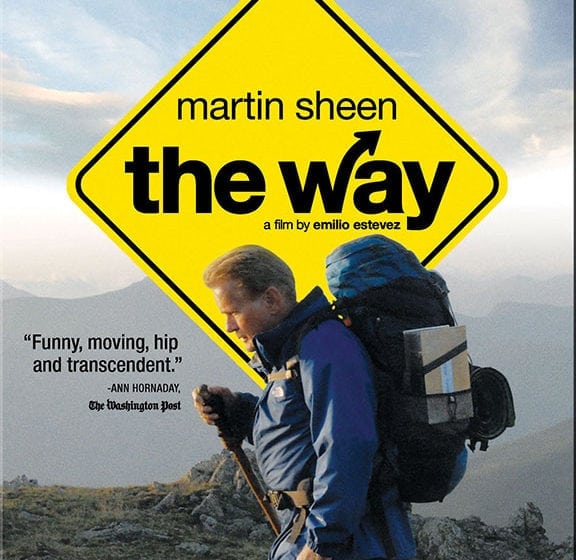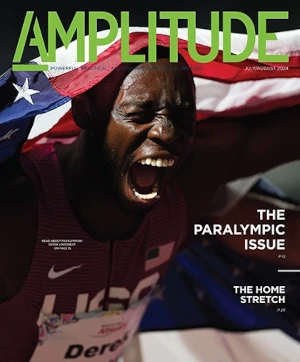By Adam Galicki
Although I am a recently retired 60-year-old above-knee amputee living in flat Florida, I walked from May 20 to July 3 on terrain that was mostly up and down and only occasionally flat. The walk was in response to a recommendation that I tackle a challenging endeavor upon my retirement. After two shorter walks in Spain, I could not imagine a more difficult, yet potentially satisfying, vacation. My family and friends were amused but not surprised. My prosthetist was skeptical.
I started to prepare six months before the trip. That meant walking every other day, gradually increasing the distance and adding weight to my backpack. Also, I built a convertible walker/walking cane unit to allow me to safely shower, etc., without wearing my prosthesis.

Crossing the Pyrenees is considered the most difficult part of the journey for able-bodied hikers. Many skip this section and begin the walk in Pamplona, Spain. It took me two days to conquer the mountains. As an amputee, I found some steeper downhill sections much more challenging and dangerous than some uphill sections. The Camino is not designed for people with physical disabilities. A lot of pilgrims quit the walk due to foot problems, injuries, wrong equipment, or inadequate preparation. Some walk it in short segments that they can complete during a week or two each year. Also, the weather is unpredictable: I encountered hail and temperatures from 50 degrees to over 90 degrees.
The over 1,000-year-old Camino Francés leads to Santiago, the third most significant Christian pilgrimage site after Jerusalem and Rome. With many accommodations and a developed infrastructure, it has become a magnet for walkers from around the world. The history, scenery, tradition, food, hospitality, and camaraderie create a background for a unique vacation experience. Walking (or biking) a road built by Romans 2,000 years ago; visiting Pamplona, Burgos, and León; sampling great Spanish food and wine; and staying with pilgrims from a variety of countries in 700-year-old hostels are some of the fantastic experiences not found anywhere else.
What else? Besides blisters, some lost weight, and some aches and pains, there is the triumphant entry into Santiago to attend Mass in the monumental cathedral.
Next, I plan to walk the Camino Portuguese from Porto, Portugal, to Santiago and then continue to Muxía, Spain. It’s only 200 miles or so, a walk in the park for me now.
Buen Camino!
For more information, email Galicki at agalicki@bellsouth.net.
Information about the Camino de Santiago can be found in travel guides and on the internet, but it’s only of limited use for people with disabilities. This walk is not for everyone, but if you are considering it, Galicki recommends that you watch The Way, starring Martin Sheen.



